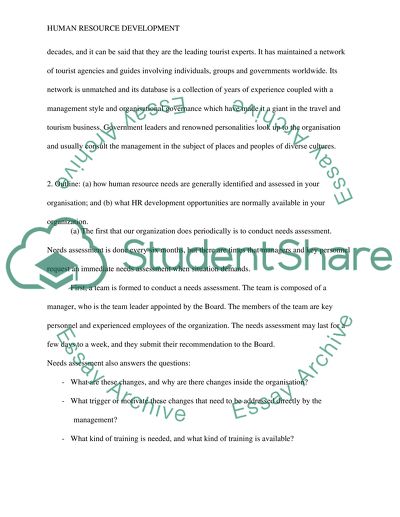Cite this document
(“HRD Needs Essay Example | Topics and Well Written Essays - 2000 words”, n.d.)
Retrieved from https://studentshare.org/environmental-studies/1412996-hrd-needs
Retrieved from https://studentshare.org/environmental-studies/1412996-hrd-needs
(HRD Needs Essay Example | Topics and Well Written Essays - 2000 Words)
https://studentshare.org/environmental-studies/1412996-hrd-needs.
https://studentshare.org/environmental-studies/1412996-hrd-needs.
“HRD Needs Essay Example | Topics and Well Written Essays - 2000 Words”, n.d. https://studentshare.org/environmental-studies/1412996-hrd-needs.


